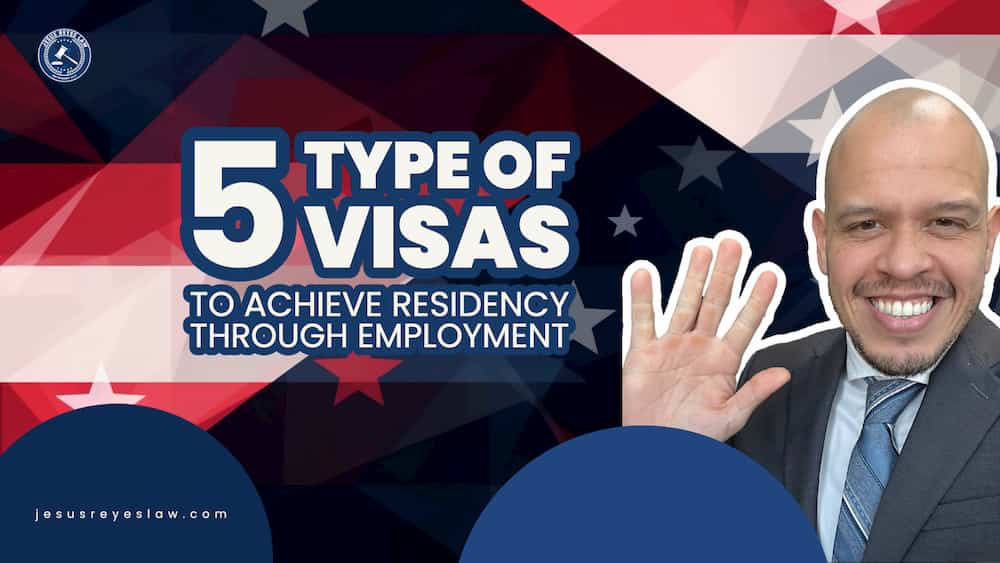The United States, a country that welcomes more immigrants than any other, counted on Hispanics accounting for nearly half of the foreign labor force in 2022. According to a recent report by the U.S. Bureau of Labor Statistics, 18.1% of the country’s workforce comes from elsewhere. This report highlights that men born outside the U.S. participated in the labor force at a higher rate, 77.4%, compared to 66% of native-born men. In contrast, the labor force participation rate for foreign-born women was 55%, slightly lower than the 57.2% for native-born women.
In the same year, immigrant workers were more likely to be employed in services; areas related to natural resources, construction and maintenance; and in production, transportation and material moving jobs. On the other hand, they were less likely to be employed in management, related occupations, and sales positions. Although there are several ways to obtain permanent residency to live and work in Miami and the United States in general, many immigrants succeed in obtaining a green card through job offers from U.S. companies or by demonstrating exceptional skills in their field of work.
Some foreign nationals initially arrive in the U.S. on a temporary nonimmigrant visa, such as the H-1B, commonly granted for workers in “specialty occupations.” Subsequently, they seek to become permanent residents through an EB visa. There are five categories of EB visas, each designed for different professions or skills. Each year, about 140,000 employment-based visas are issued to immigrants and their families, some of which require a prior job offer.
Requirements vary depending on the visa option chosen for permanent residence. In most cases, the employer must sponsor the foreign worker by filing Form I-140 with the U.S. Citizenship and Immigration Services (USCIS). However, prior to this, a labor certification must be obtained from the Department of Labor (DOL), using Form ETA 9089.
- The EB-1 VISA is intended for immigrants with extraordinary ability. This category includes persons with exceptional ability in the sciences, arts, education, business or athletics, outstanding professors and researchers, and executives or managers of multinational corporations.
- The EB-2 VISA is reserved for professionals with advanced degrees or exceptional ability in the arts, sciences or business, and for those with jobs of national interest.
- The EB-3 VISA is for skilled, professional and other unskilled workers. This visa requires a full-time job offer and labor certification from the employer.
- The EB-4 VISA is issued to “special immigrants,” which includes certain religious workers, service special immigrants,” which include certain religious workers, U.S. foreign service employees, retired personnel of international organizations, minors under the protection of U.S. courts, and other foreign nationals.
- The EB-5 VISA is for investors in a business who invest $1 million or $500,000, provided the investment is in a designated employment area and in a new enterprise that employs at least 10 full-time U.S. employees. Applicants for this visa do not need a labor certification.
All persons who obtain an employment-based green card may bring their immediate family members, such as spouses and unmarried children under the age of 21, to live in the US. However, these visas are included in the annual limit of employment-based visas, so it may happen that not all family members get visas in the same year.
Navigating the complex U.S. immigration system can be challenging. Therefore, it is highly advisable to seek the assistance of an immigration attorney. If you are considering applying for a work visa to reside in the U.S., we invite you to schedule an immigration legal consultation to receive professional and personalized advice to guide you on the path to your green card.










